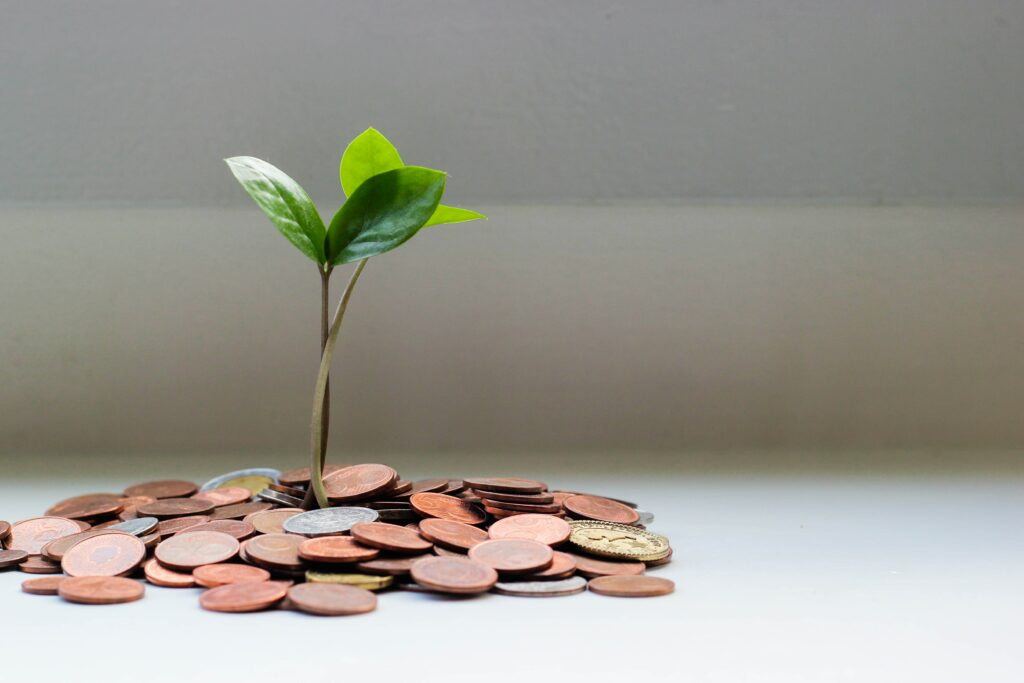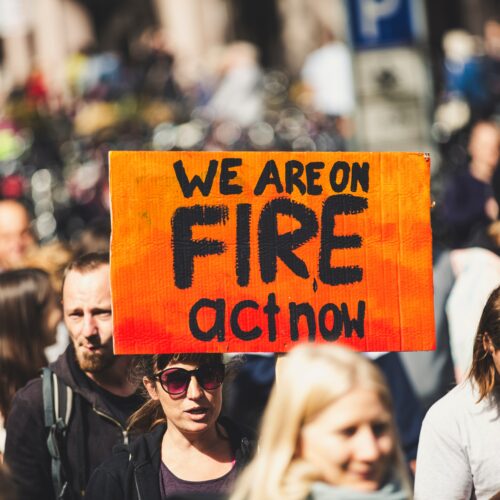“It’s about flexibility. It’s about humility. It’s about trust. It’s about having fun along the way. It is more about holding space for others’ brilliance than being the sole source of answers, more about flexible shape-shifting to meet the oncoming challenges than holding fast to a five-year strategic plan.” Edgar Villanueva’s words read like the perfect mantra for navigating the uncertainty, mistrust, hubris and doom and gloom narratives we’ve been wading through for some time now. His recent book “Decolonizing Wealth – indigenous wisdom to heal divides and restore balance” reads like a breath of fresh and brutally honest air, daring to dig into the uncomfortable places of an all too often self-aggrandising, cushy, technocratic, hypocritical ecosystem, that of philanthropy.
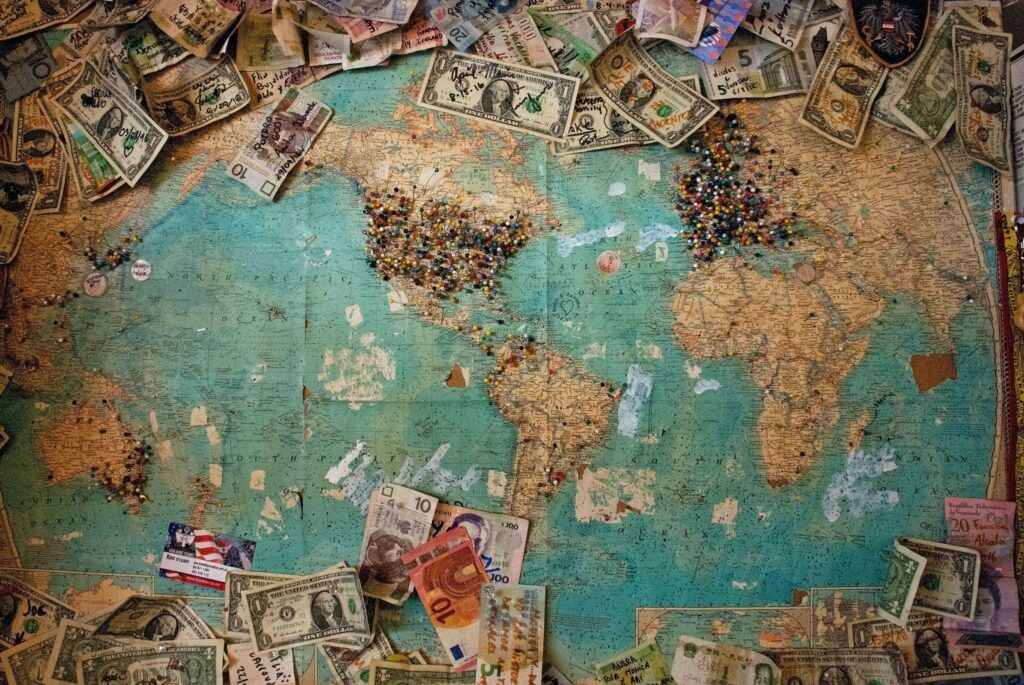
The book is easy to read and with 180 pages quite slim, i.e. very accessible, so don’t be deterred. It’s divided up into two main parts. Part one focuses on the author’s critique of the philanthropic industrial complex, largely by using the author’s autobiographical journey in the world of philanthropy. Part two details how a healing process can take place inside philanthropy, as well as society at large, following seven steps. I briefly want to highlight that the main theme of the book, in particular what decolonizing wealth means, can serve as a good entry point for more radical wealth owners to start asking themselves some hard questions.
Edgar’s Journey in Philanthropy
So who is Edgar Villanueva you might ask? Edgar is a social justice veteran who has spent more than 14 years working in the US philanthropic sector in different capacities. Raised by a single mother with Native American heritage in rural North Carolina, he started off his professional career as a program Manager at the Kate B. Reynolds Charitable Trust (KBR), a foundation whose wealth comes from a tobacco empire that has roots in slavery.

Ironically, the foundation’s assets, today around $530 million, are used to improve the health of low-income populations in North Carolina and Winston-Salem in particular. When Edgar was hired to work for the foundation at the age of 28, he suddenly became responsible for giving away about $25 million a year to charitable projects in line with the foundation’s mission. An unbelievable amount of money especially for someone whose mother had to work three jobs to make ends meet.
Edgar goes into depth describing his arrival at the foundation and how every aspect of the foundation’s headquarters reflected its colonialist mentality. This quote makes an apt analogy to philanthropy:
“It is (we are) like a mansion with neoclassical columns and manicured lawns staffed with butlers and maids who pass silver trays of tiny tasteless nibbles (…) to guests wearing tailcoats and bustles, as a string quartet plays tunes written centuries ago. No one’s words call attention to the ludicrous and unsustainable farce that is the entire scene”

In his new position, overnight, Edgar became someone with influence in the eyes of others. For example he received hundreds of Christmas cards, including one hand-signed by the governor of the state (how nice of him!).
Edgar also unpacks how token minorities are introduced to foundations’ staff, yet without being free to actually speak their minds; criticizing the operating principles of the foundation is a no-no. In this regard, the book offers some very interesting insights into diversity discussions inside foundations. Most importantly, the book underscores, diversity measures have to go “beyond mere representation to access to power and ownership”. He vividly illustrates how foundations have grantees jumping through their arbitrary hoops and have a tendency to fund the “usual suspects, which most often are white-led organizations adept at creating glossy promotional materials”. Most often this entails organizations that have a strong focus on its executive leadership in the form of a “rock-star” managing director. To no surprise, Edgar becomes frustrated with his job and decides to leave the KBR Foundation.
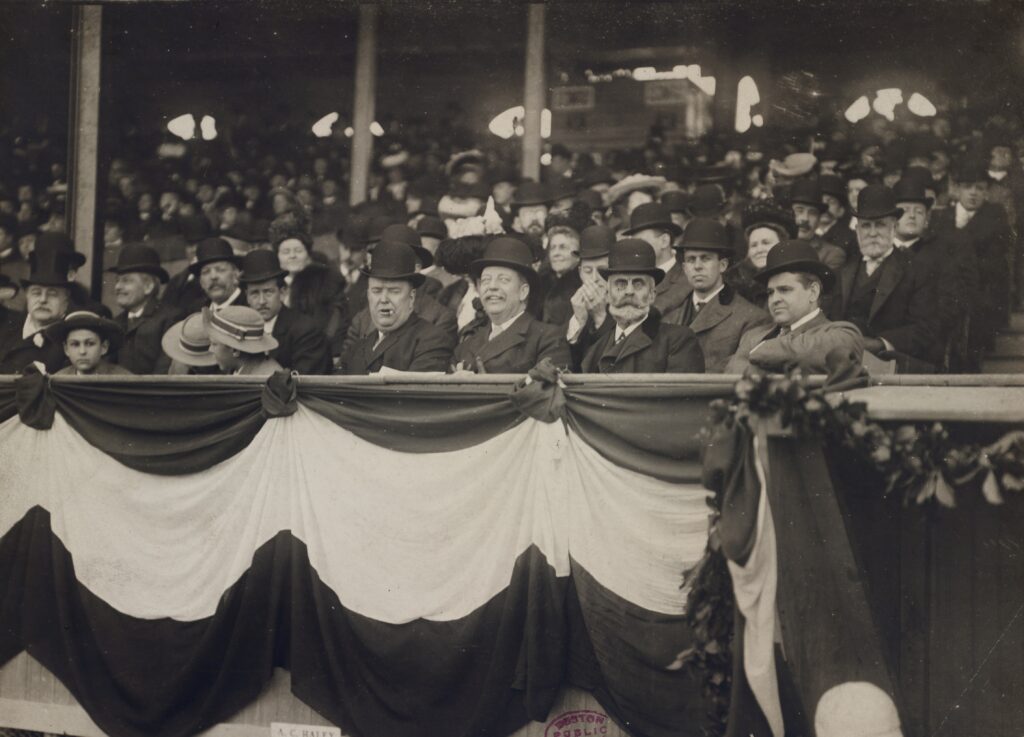
Decolonizing Wealth
On a very fundamental level, Edgar wants the reader to start asking critical questions around power dynamics inside society in general and philanthropy in particular. Digging into the history of the oppressed is a critical component. It is no secret that the living standards we enjoy today come with a lot of baggage. If you are reading this, chances are quite high you live in an industrial economy that:
- Was involved in the slave trade in some form, in particular in the 19th century
- Possessed colonies, was a colony or is still is a colony
- Led imperialists wars or was on the receiving end of imperialist expansionism
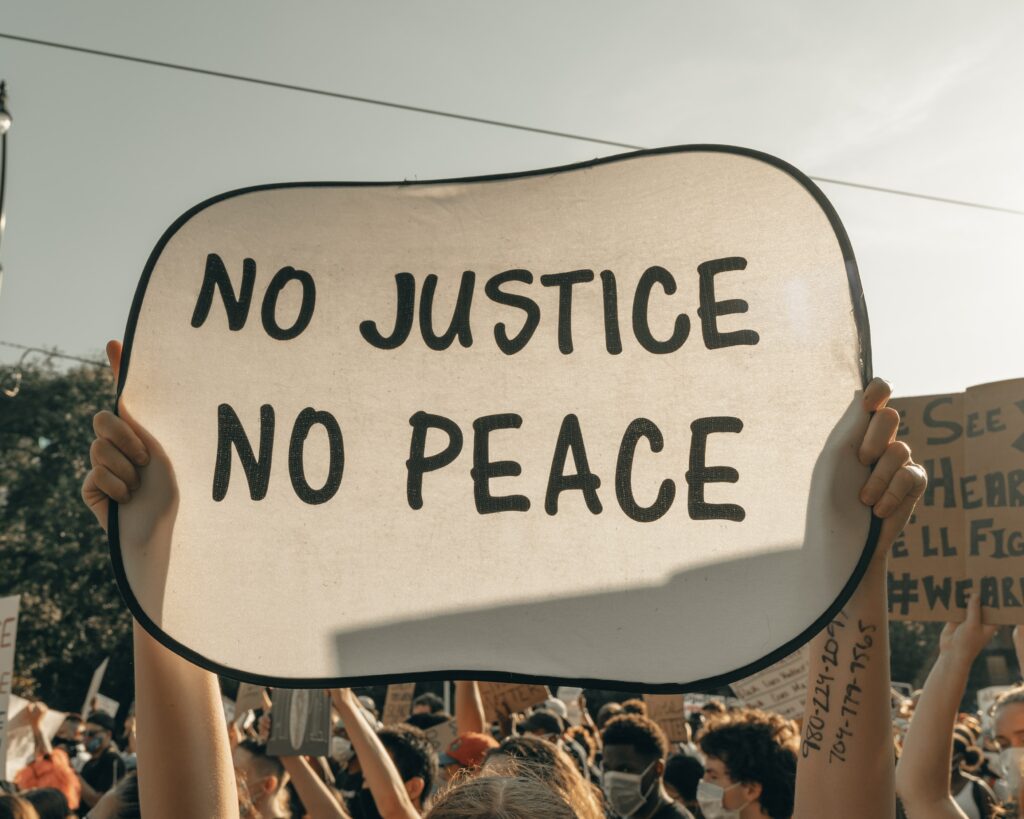
Now if you are reading this and belong to the super rich (i.e. 0.1% percent of the income population) and your wealth was made before 1945, there is a chance that your wealth was in some shape or form associated with these major developments. Ergo the older the money, the higher the entanglement with dark, colonial, oppressor history. If we as a society want to develop further we have to engage with this history. Yet decolonizing goes further than just making a historical analysis. In order to decolonize we have to learn to truly connect, relate and belong with one another. No easy process.

In this context the author speaks of the (mostly rich white person) “Saviour-Dynamic”, which is a tendency of (particularly white) funders to feel like saviours. This also, very much applies to me at times. When you are growing up surrounded by people knowing you are wealthy, you have a whole industry, the financial service industry, quite simply, sucking up to you. Most likely your parents have also brainwashed you into believing you are special, different from the others and you have been chosen for greater things in life. Give this conditioning, it is no wonder you end up with a Saviour syndrome or superiority complex.
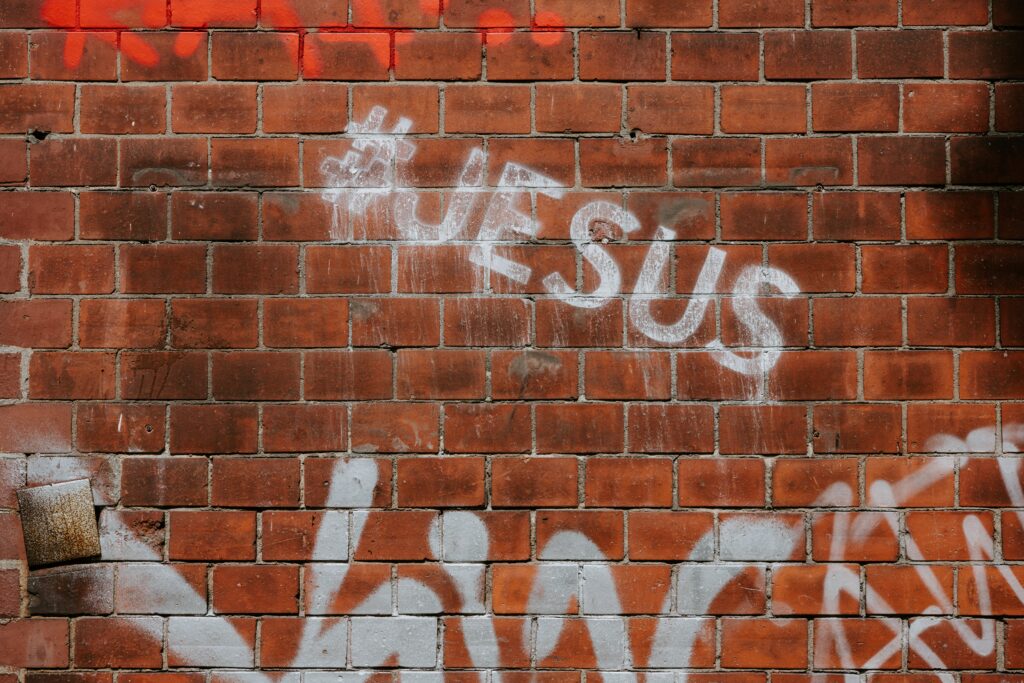
If you really want to be an ally to the people you want to support with philanthropic money you have to actively work against the existing power imbalances. This means being humble when interacting with grantees and applicants and trying to be flexible with your funding requirements.
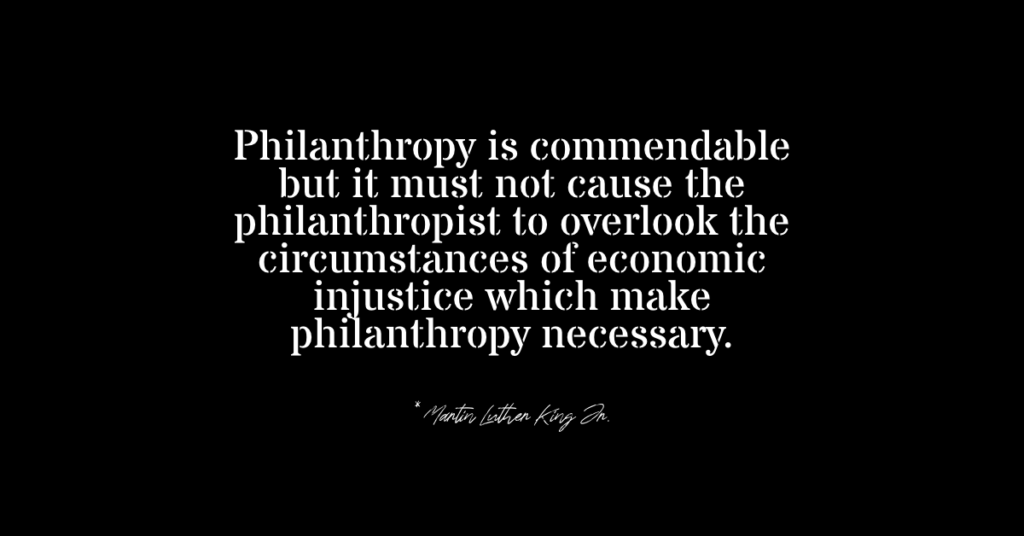
Decolonizing also means we have to make foundation staff and foundation boards more diverse and include those that have to date been underrepresented. To take our home-base as an example, Romy Krämer, the Guerrilla Foundation’s Managing Director, is one of very few Foundation directors in Germany from an East-German background. But as we already read, inclusion is not enough, we need to give power and a voice to those that have been excluded from decision-making so far. Villanueva highlights how in the United States BIPOC (black, indigenous and people of color) are severely underrepresented in positions of power. As elsewhere, mostly white (cis male) people run the world from their ivory towers, perpetuating the centuries-old, white supremacy narrative, to this day. Anyone who wants to get into these towers has to be “twice (or more) as good to get half (or less) as much”.

Villanueva also highlights how the minorities that have suffered most from oppression have some of the best solutions to offer to get us out of this dilemma. For example Indigenous wisdom that has emerged from millenia offers insights that we urgently need to reconnect with ourselves, our communities and nature. Yet decolonizing is a long process that is far from easy:
“This is not a silver bullet solution. There is no quick fix for the complexity of colonization. Decolonization is a process with roles for everyone involved, whether you’re rich or poor, funder or recipient, victim or perpetrator.”
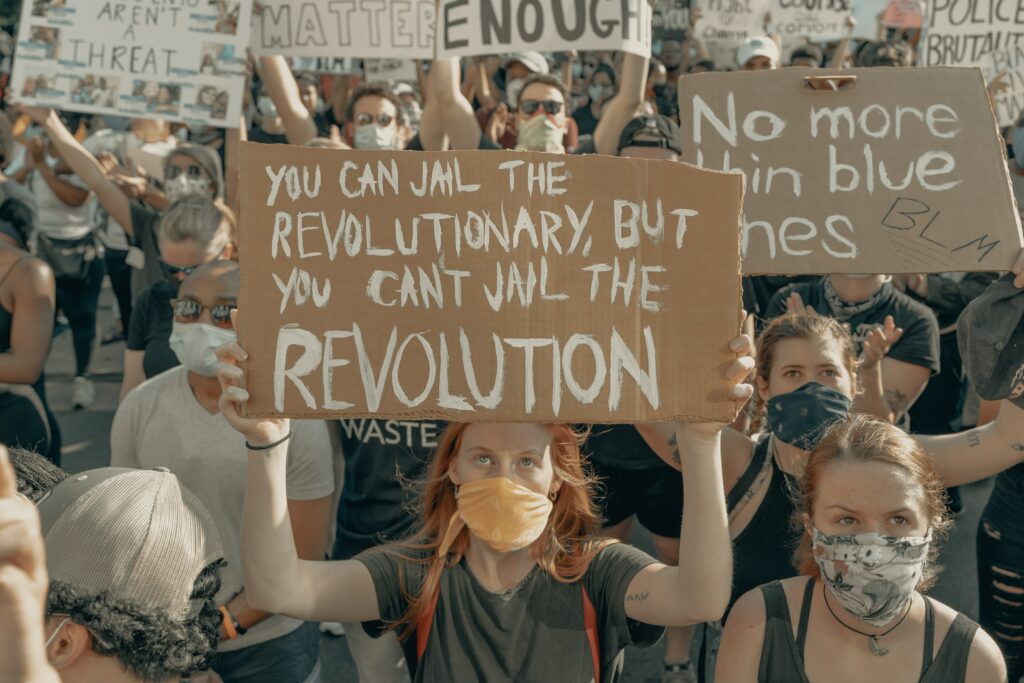
Medicine Money
The book ultimately arrives at Villanueva’s vision of philanthropic money as medicine money, becoming part of a indigenous perspective of healing. He puts the emphasis of this kind of philanthropy on reciprocity and relationships.
“Money is like water; it’s a precious, life-giving resource. Money should be a tool of love that facilitates relationships and helps us thrive rather than something that hurts and divides us. If we use it for sacred, life-giving, restorative purposes, it can be medicine.”
Villanueva offers seven steps to healing and overcoming colonization: grieve, apologize, listen, relate, represent, invest and repair.
You’ll have to read the book to fully appreciate what these steps entail, but it will be a significant first step to confronting the philanthropic-industrial complex, and moving beyond “separation, competition and exploitation”, towards “interdependence, reciprocity and relationship”.
